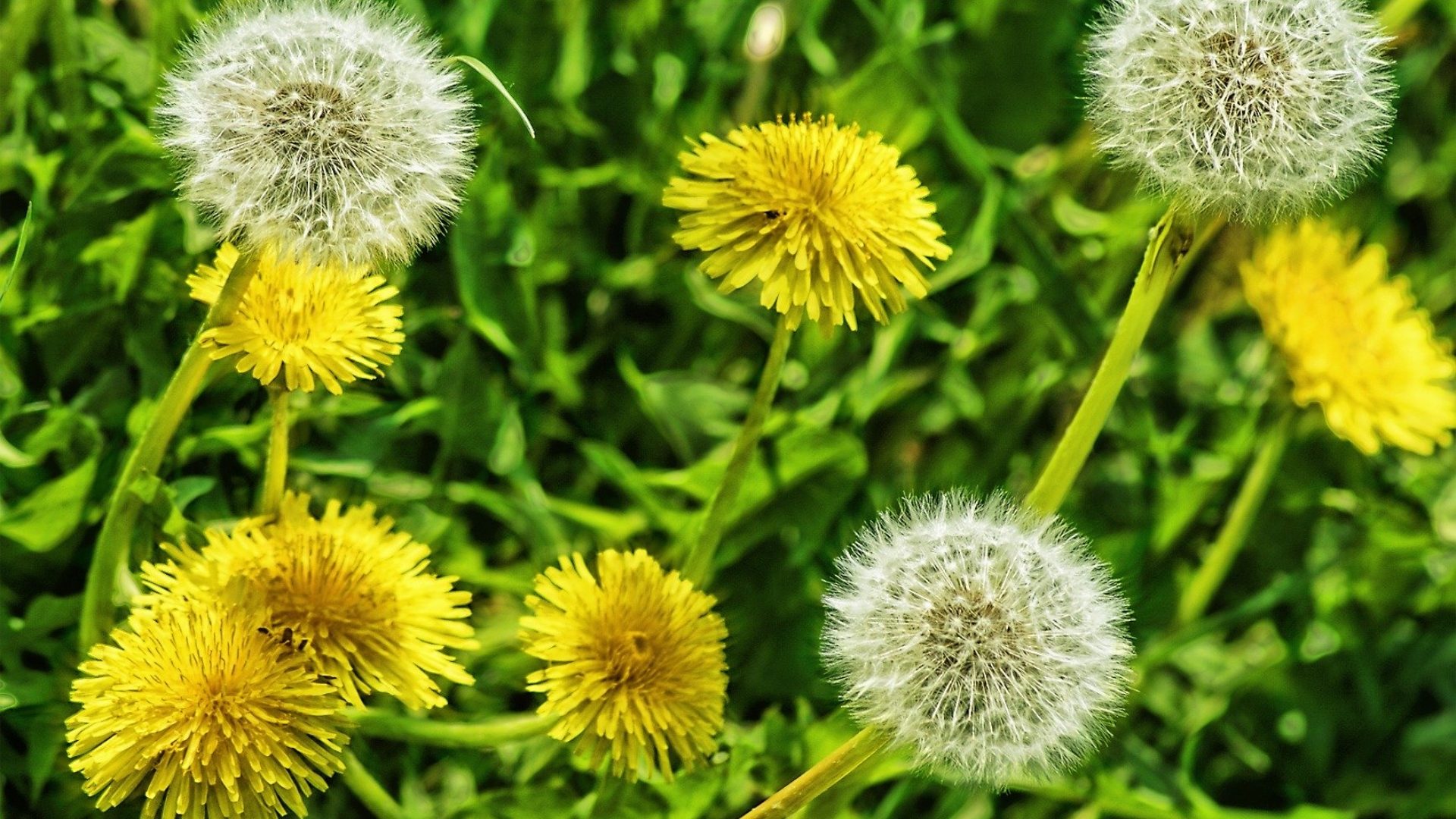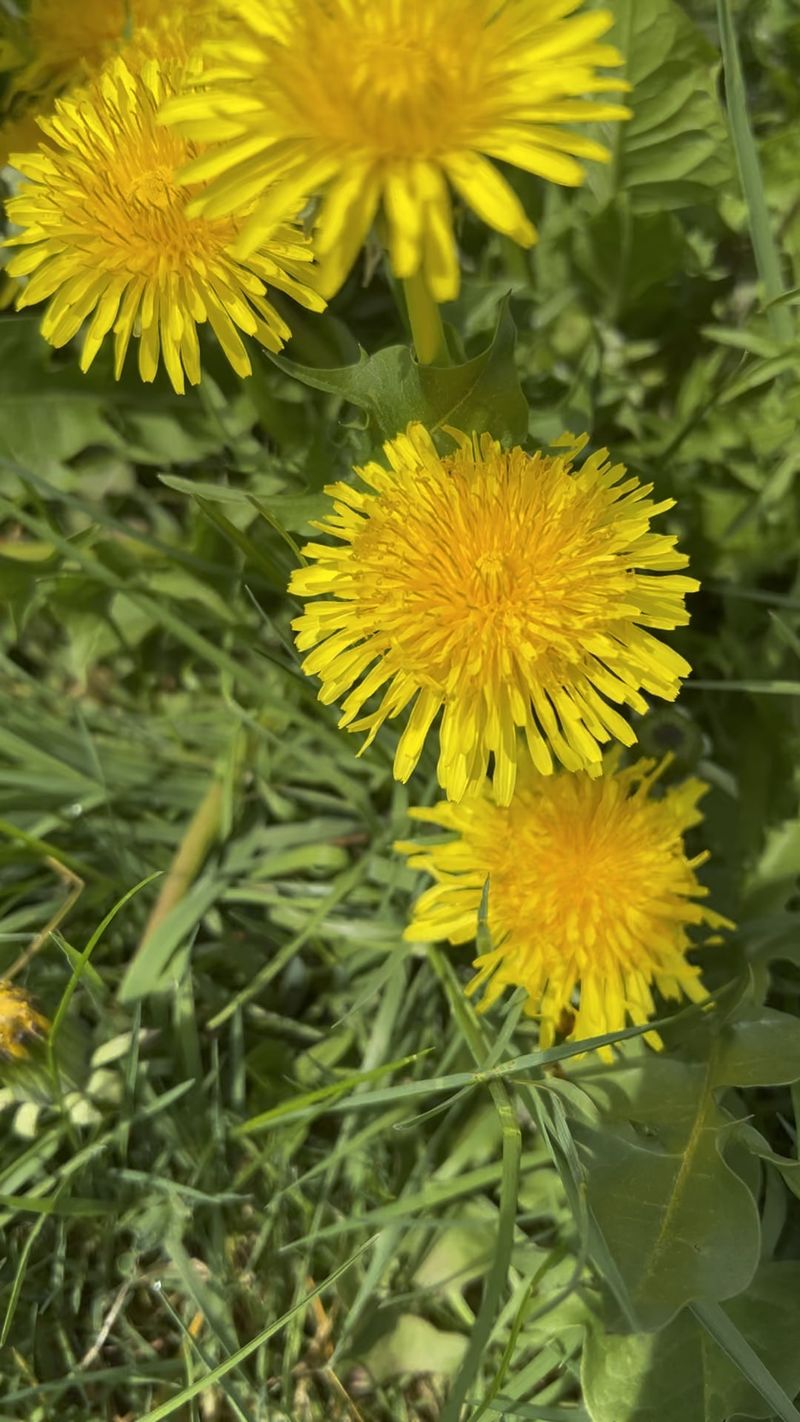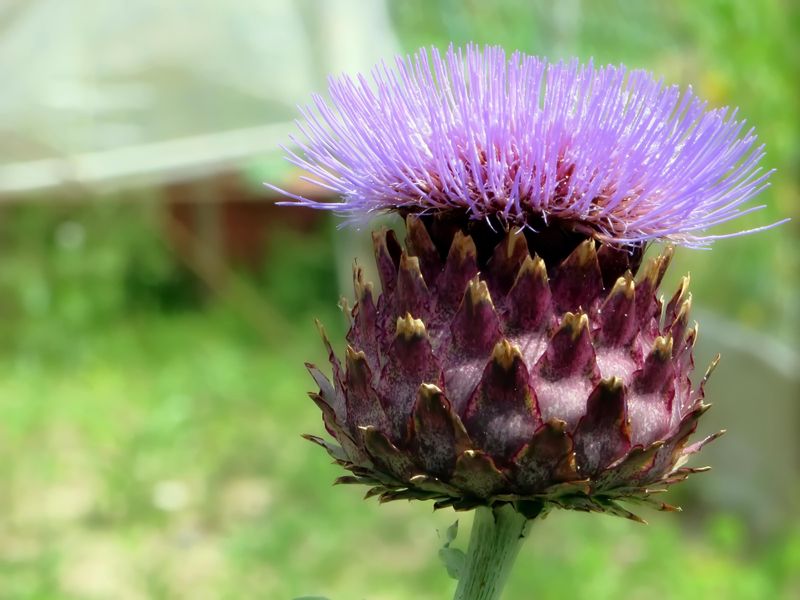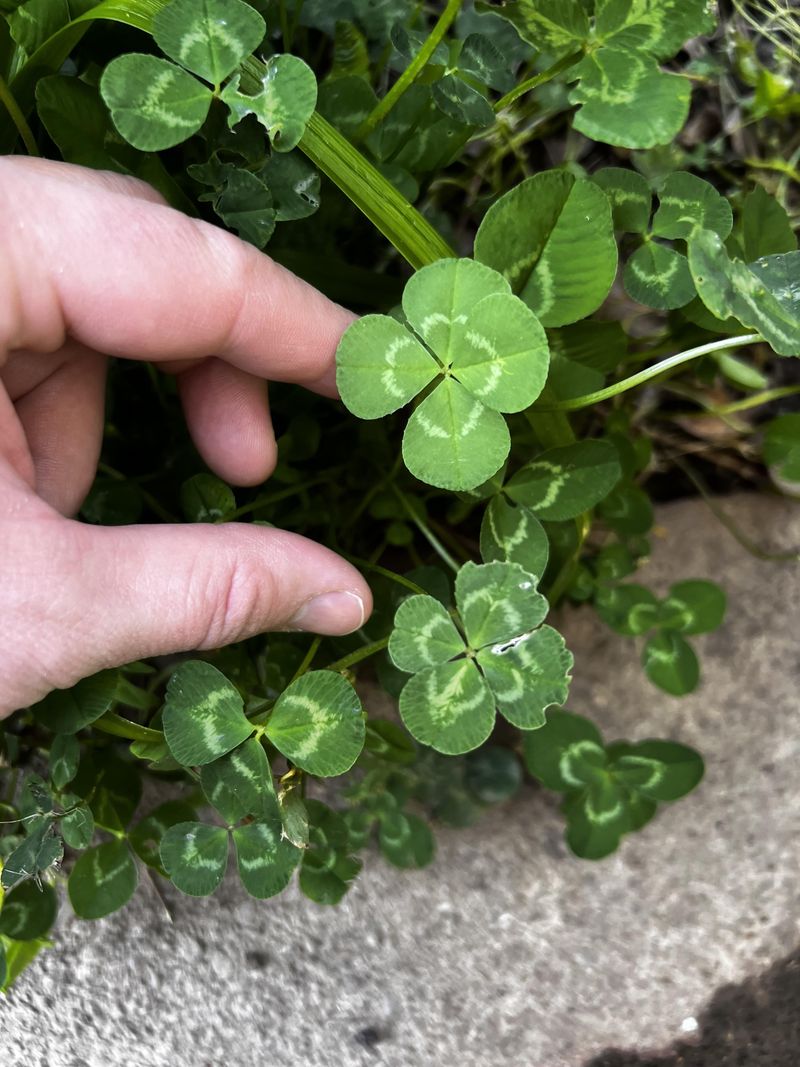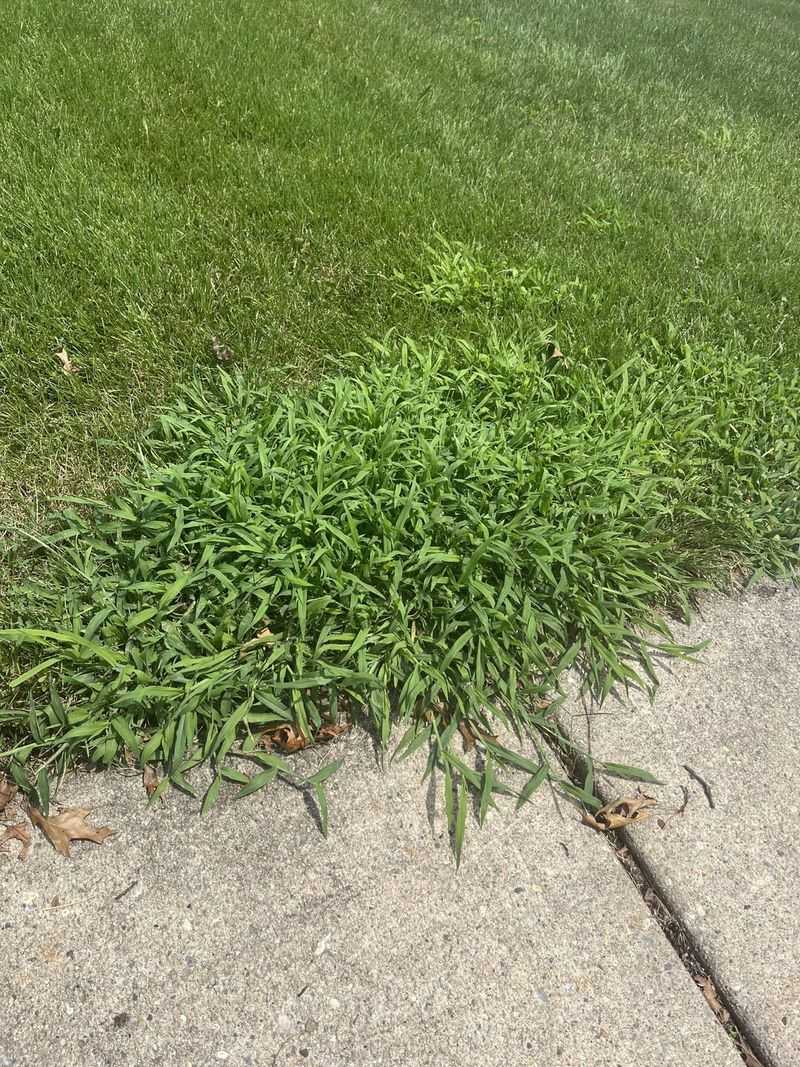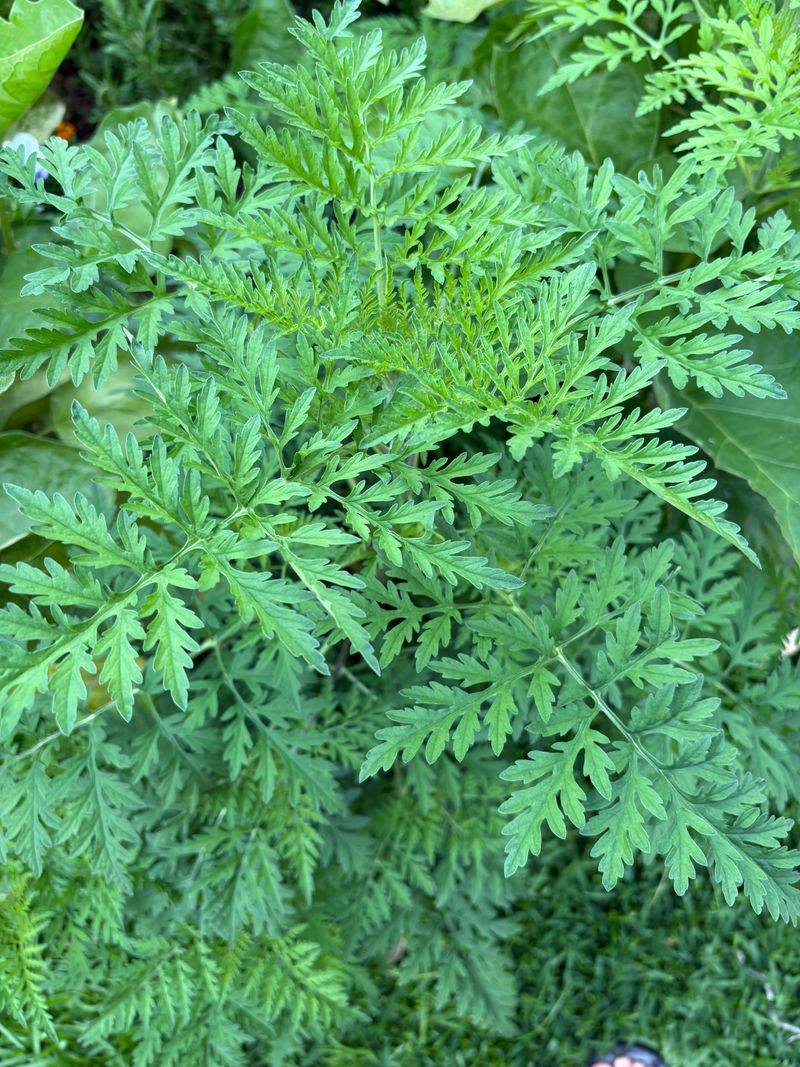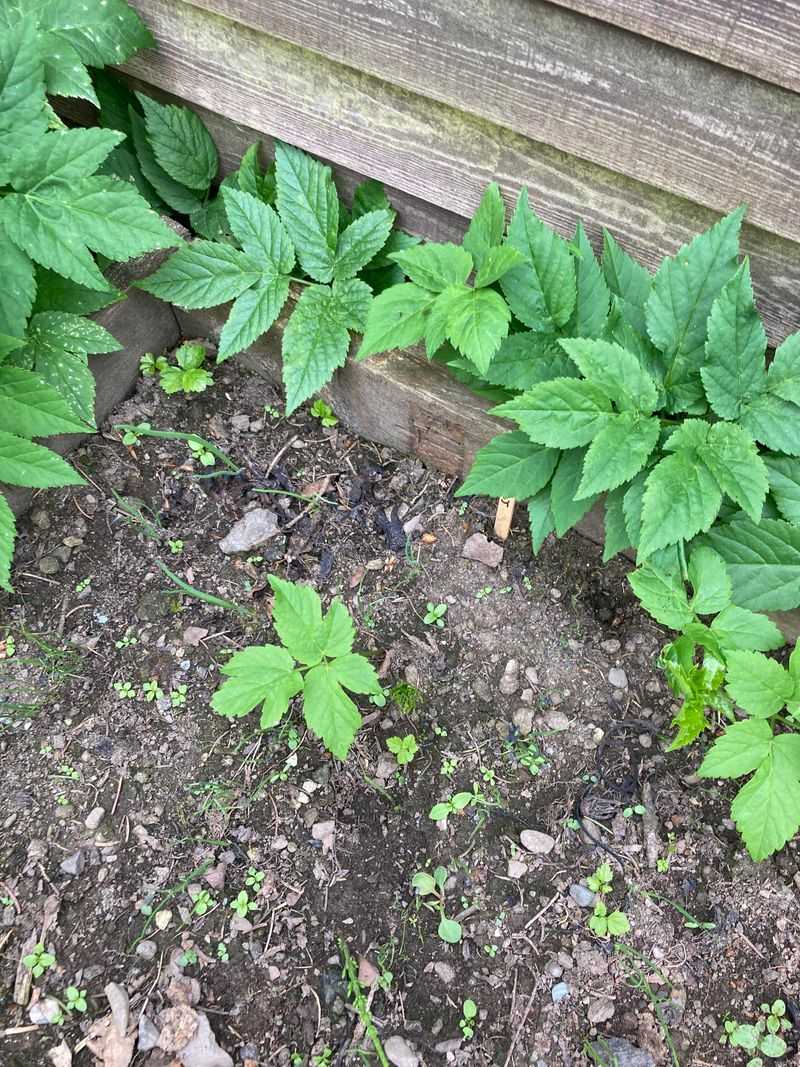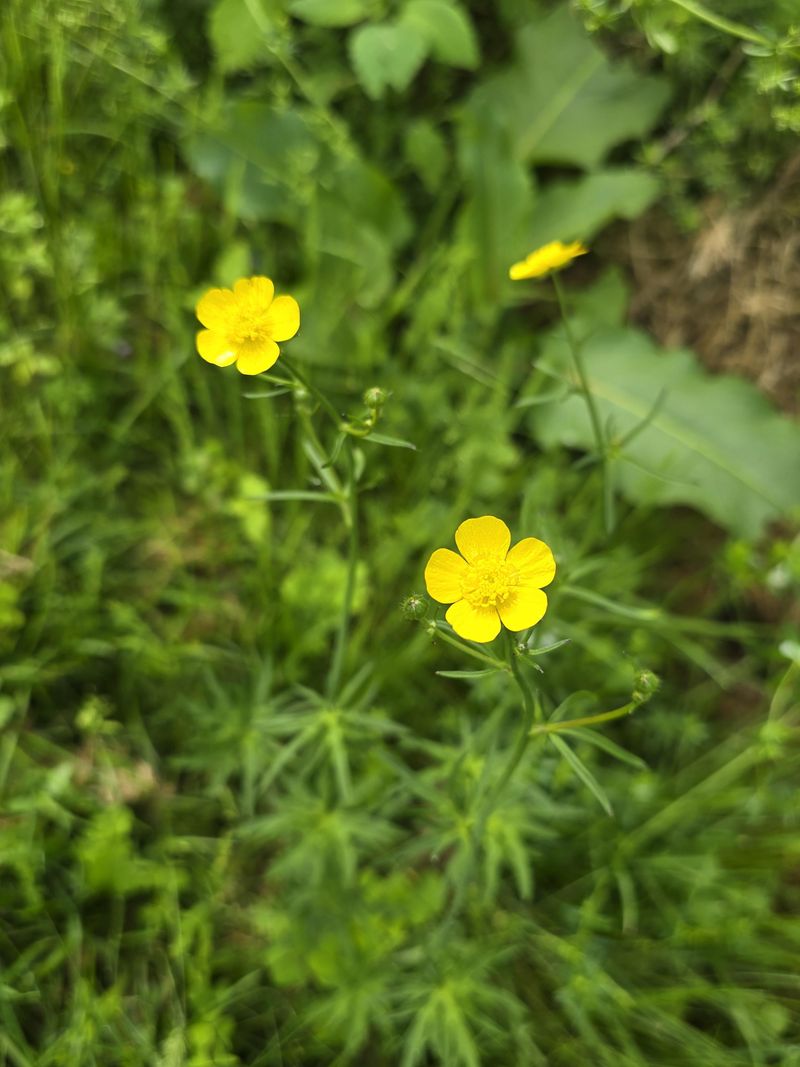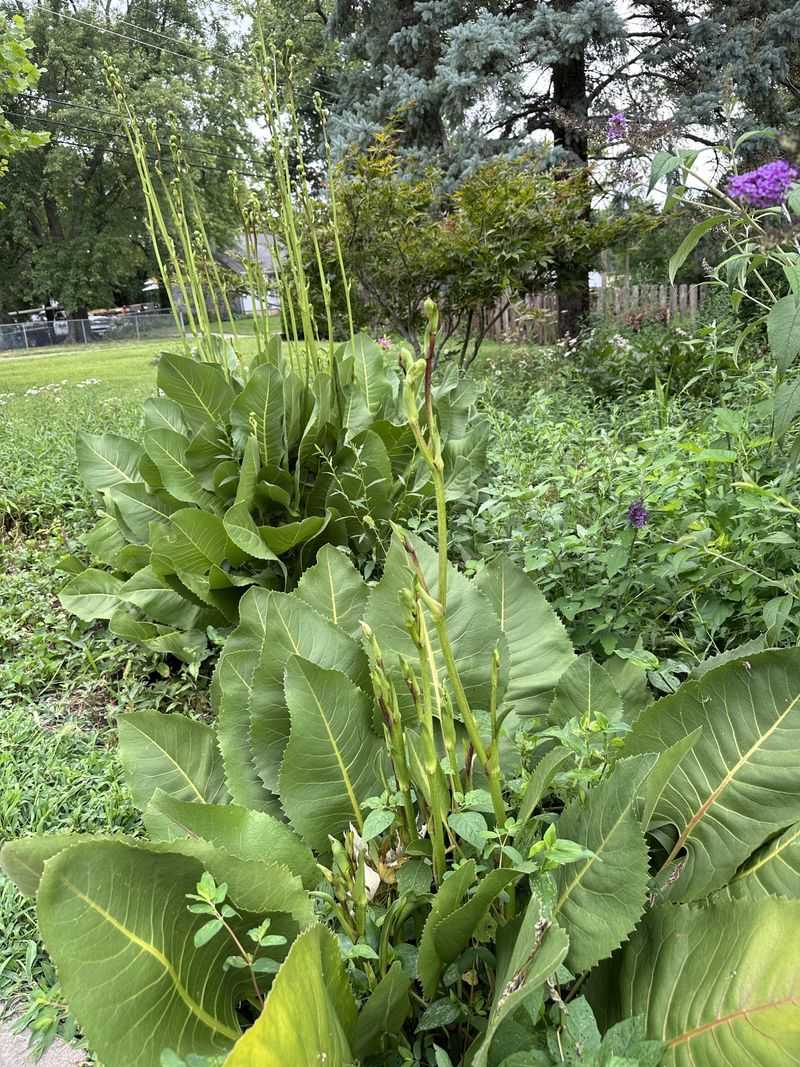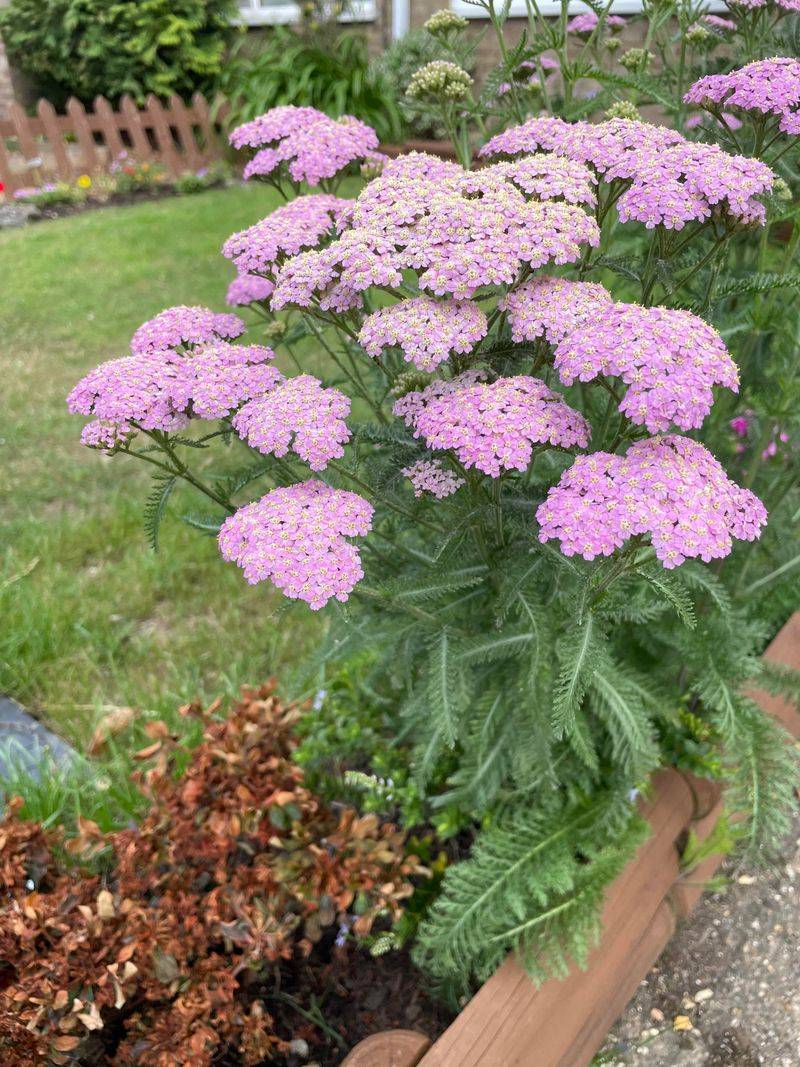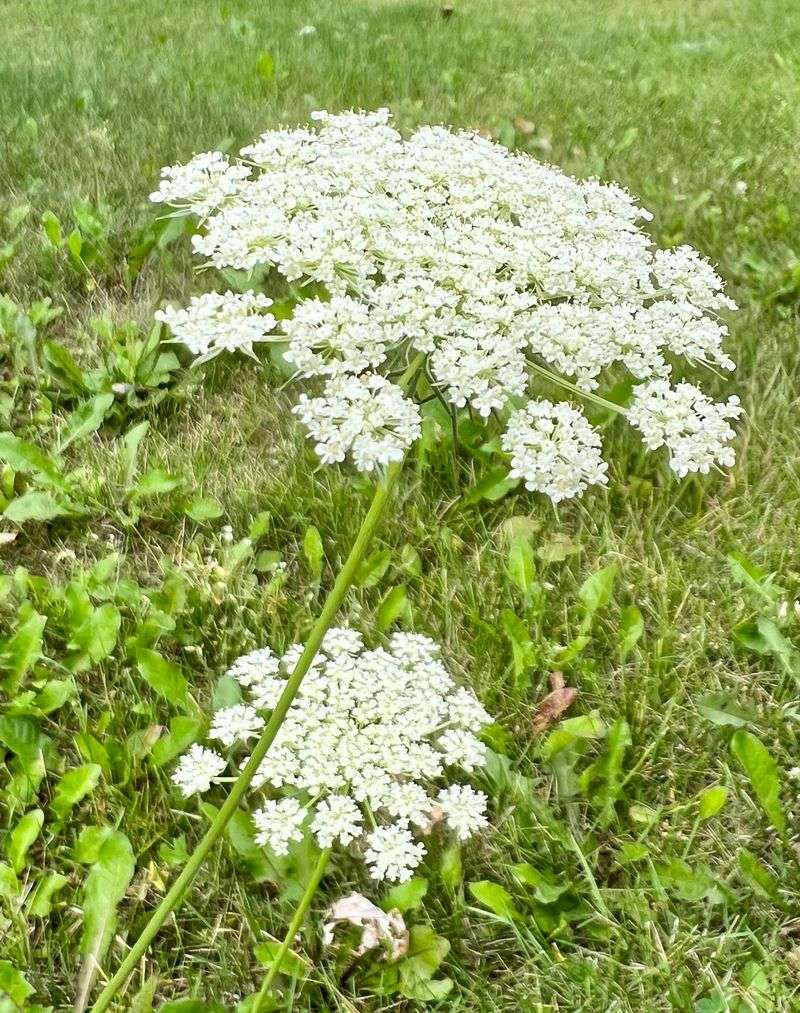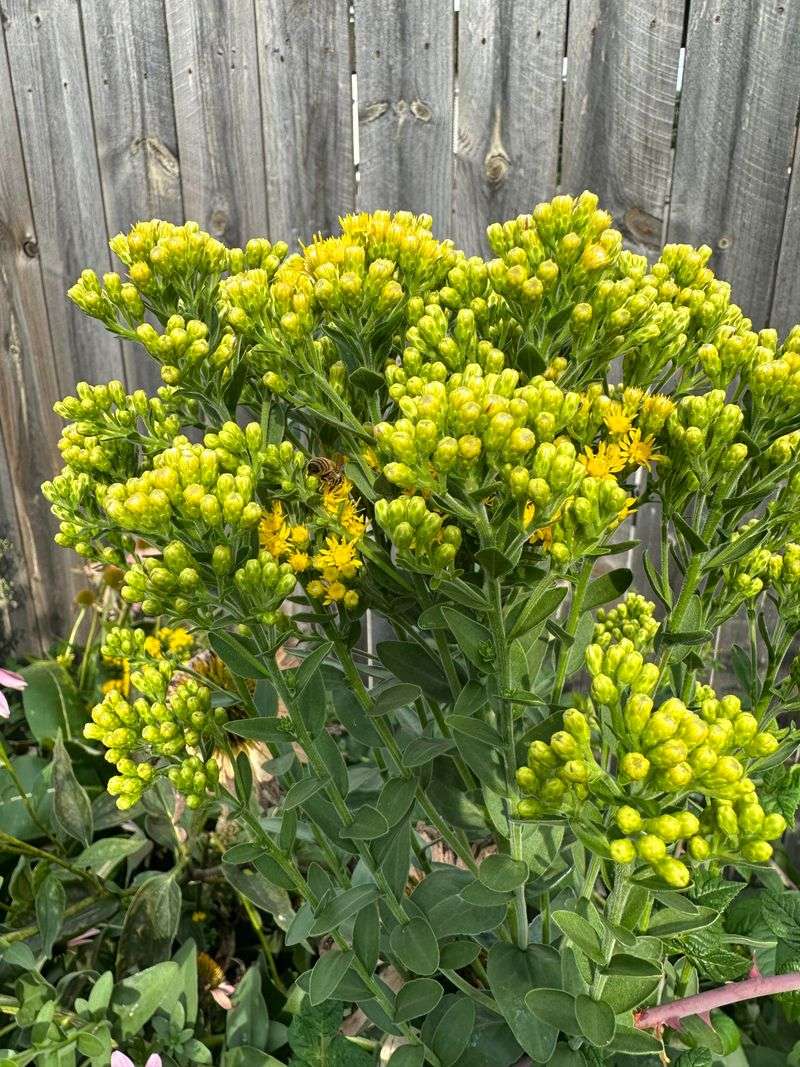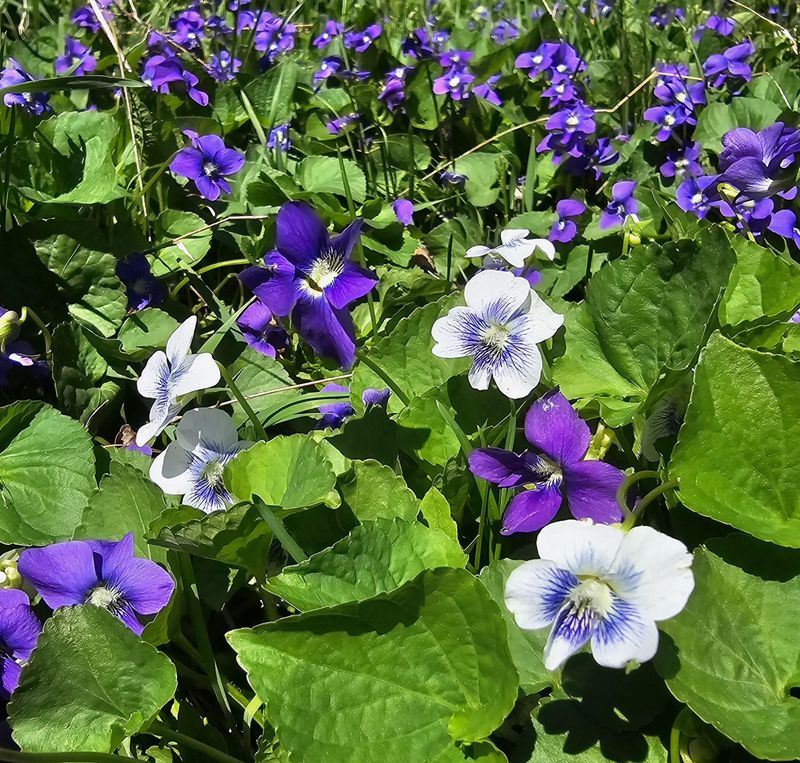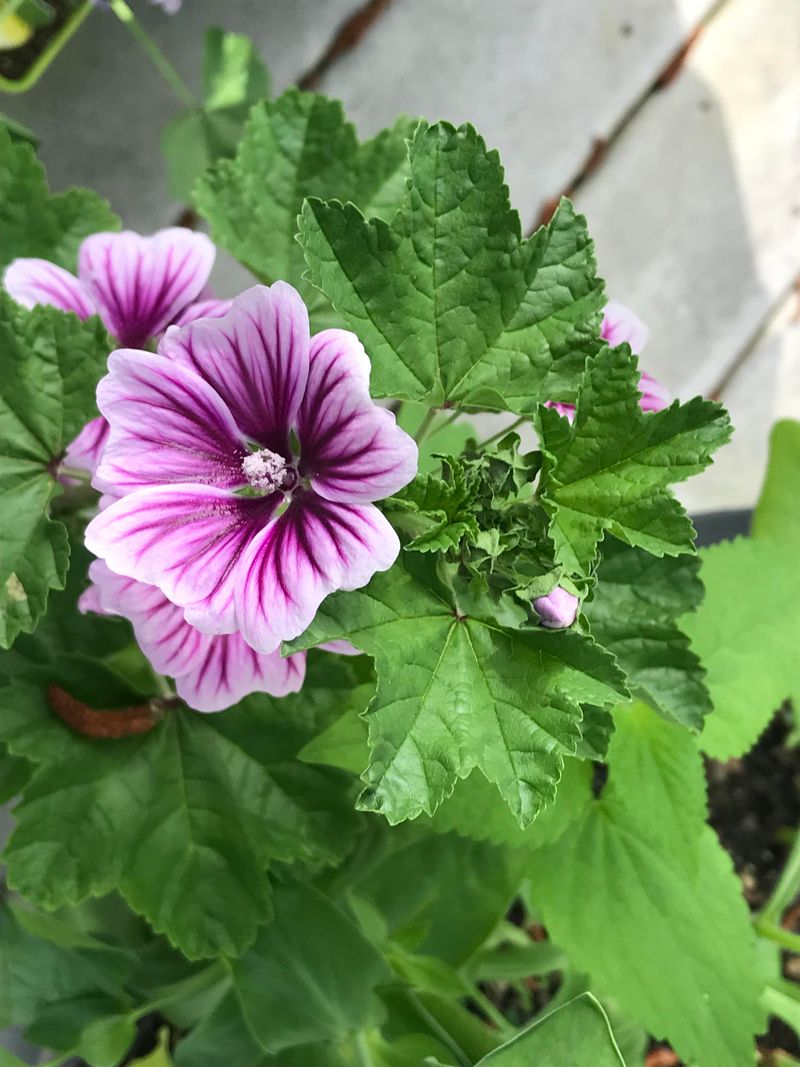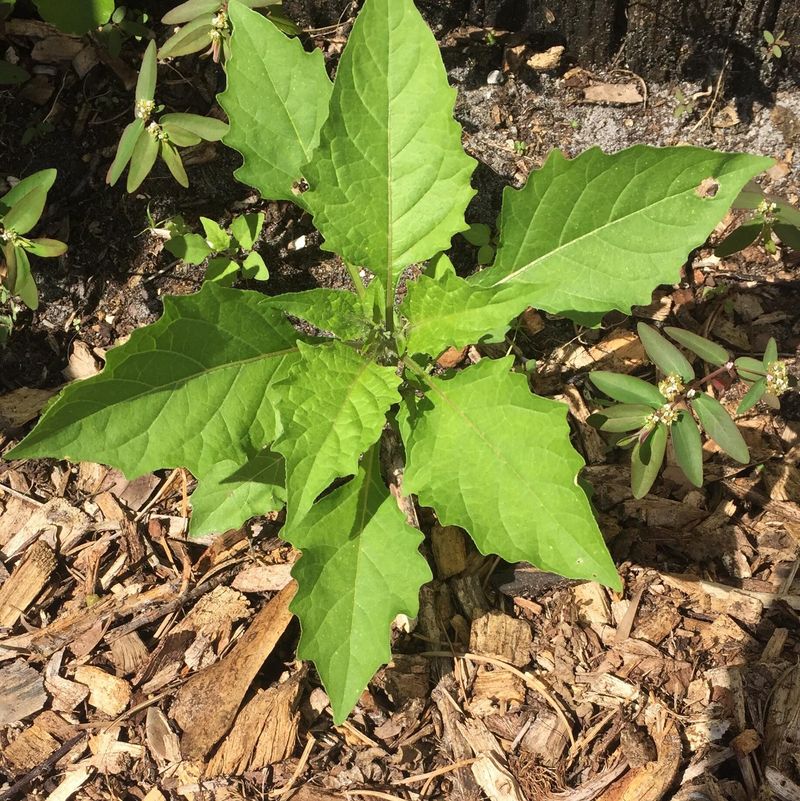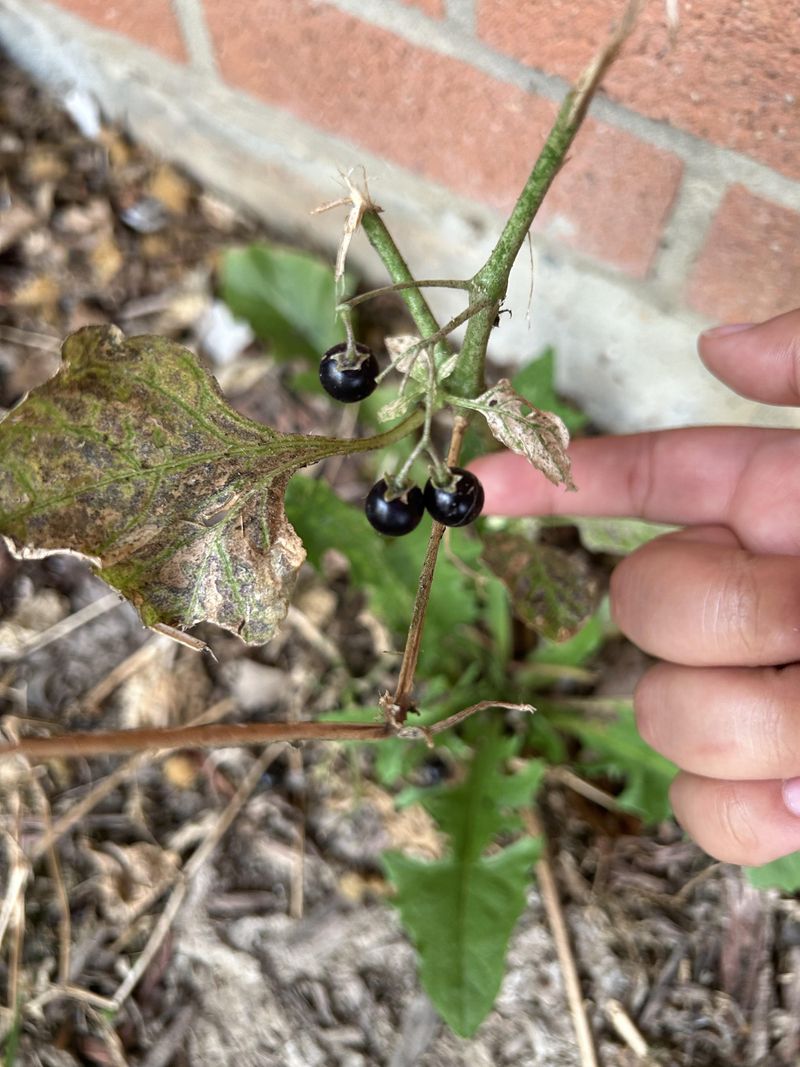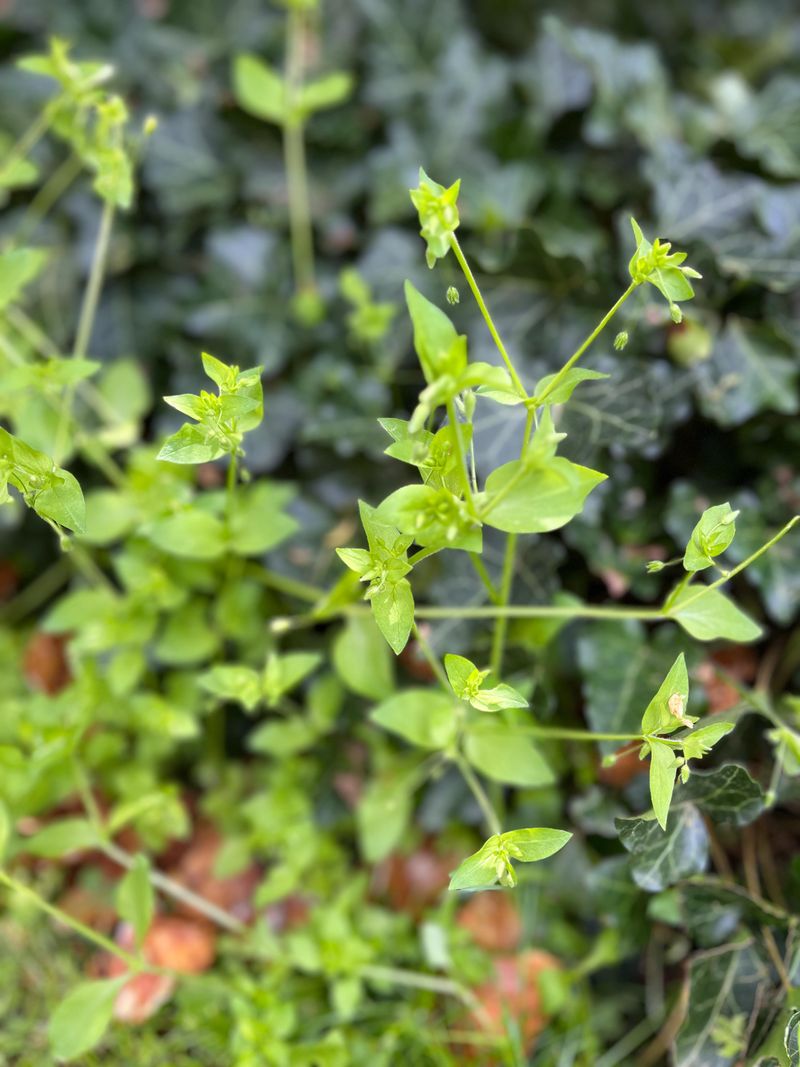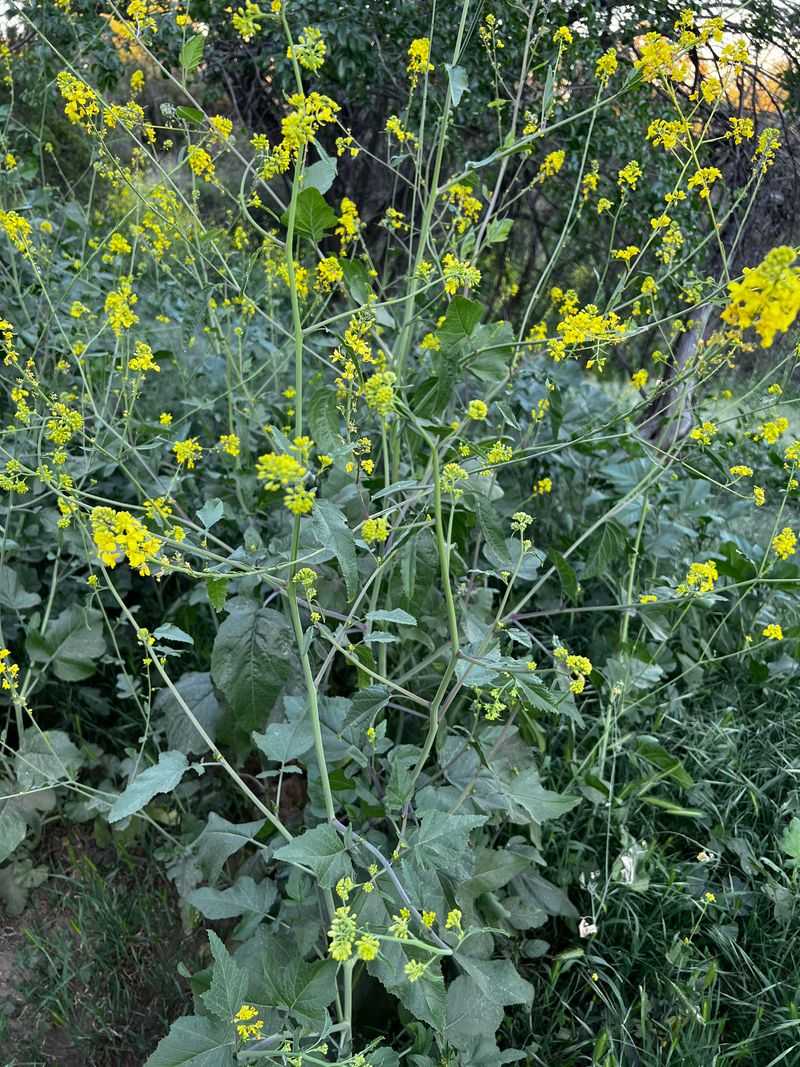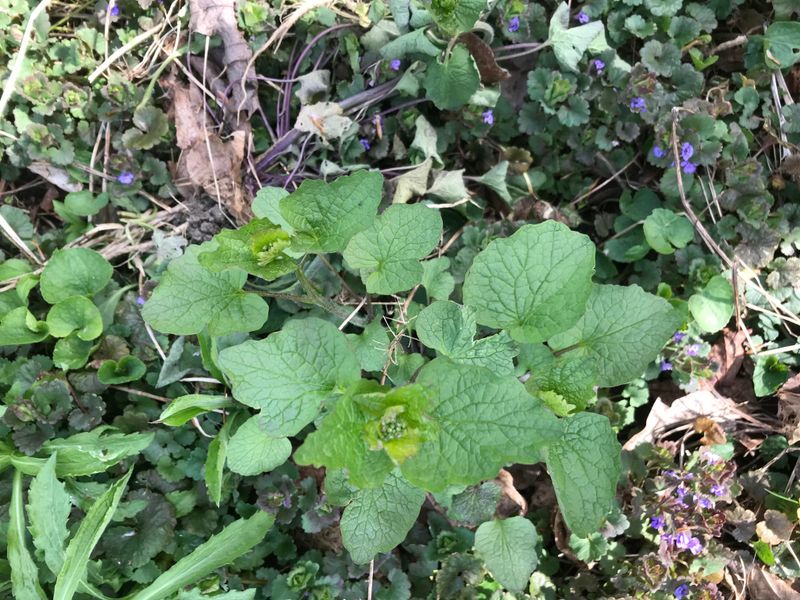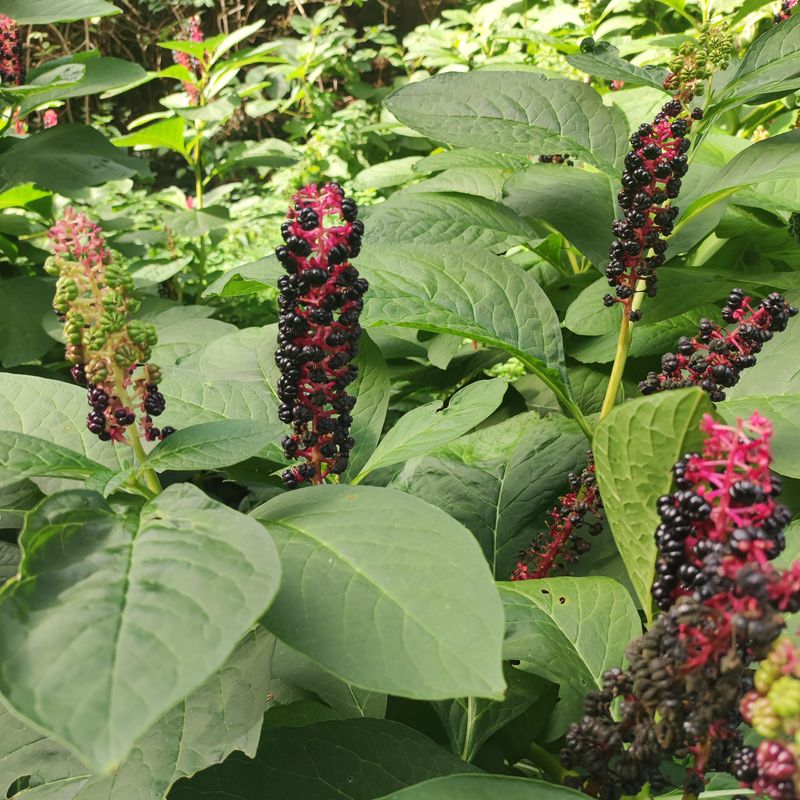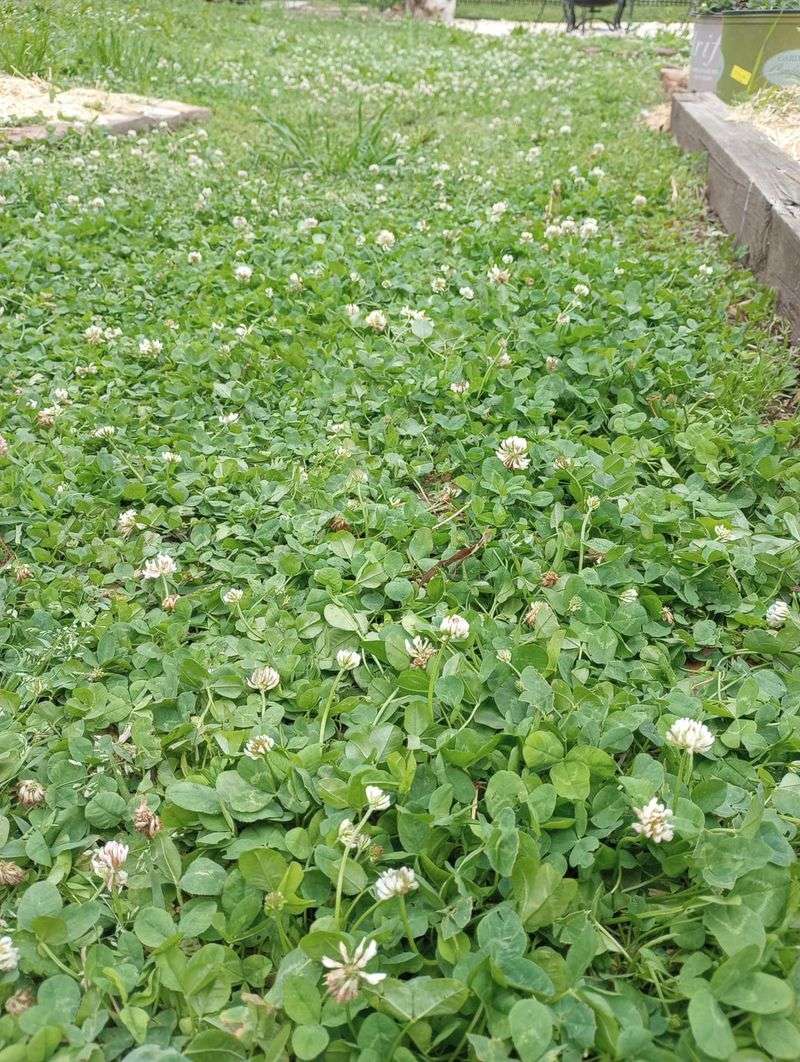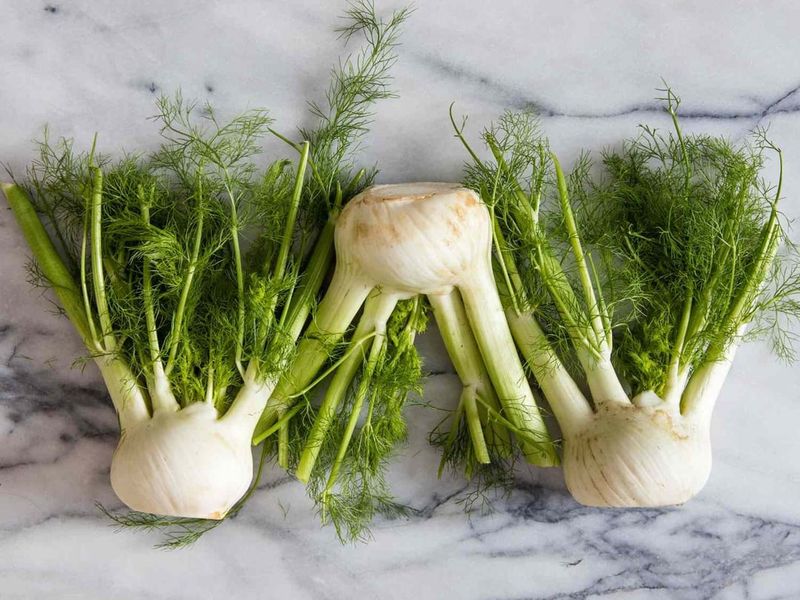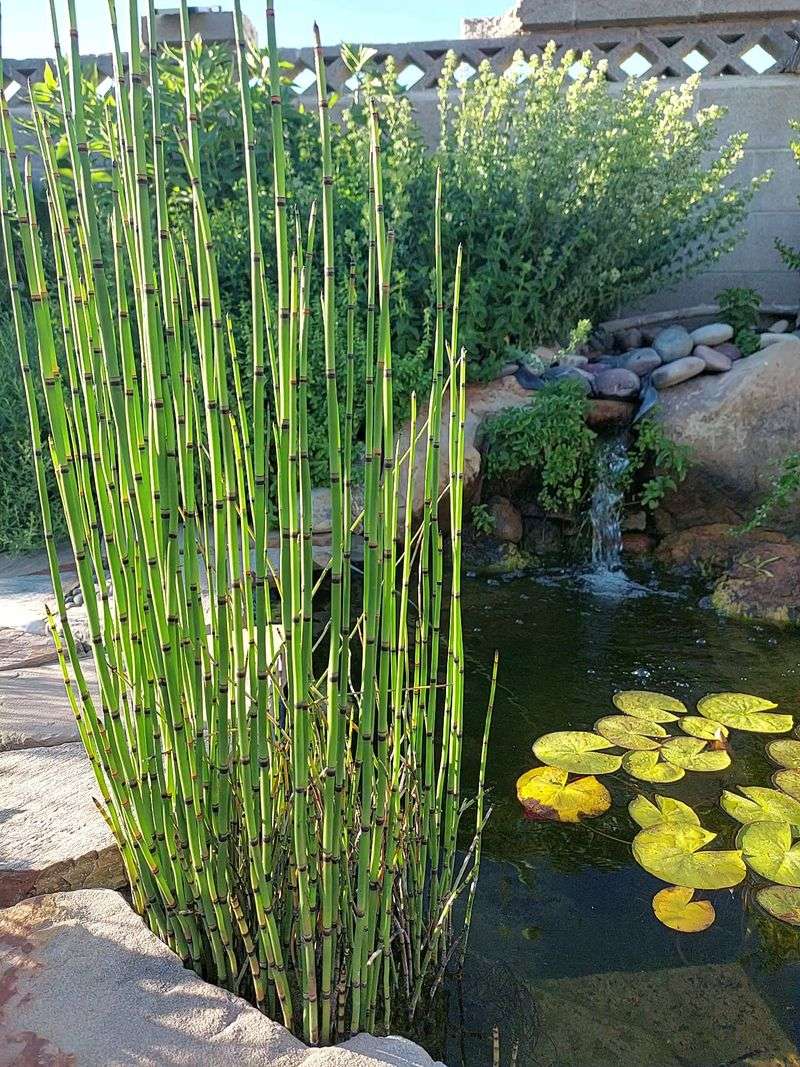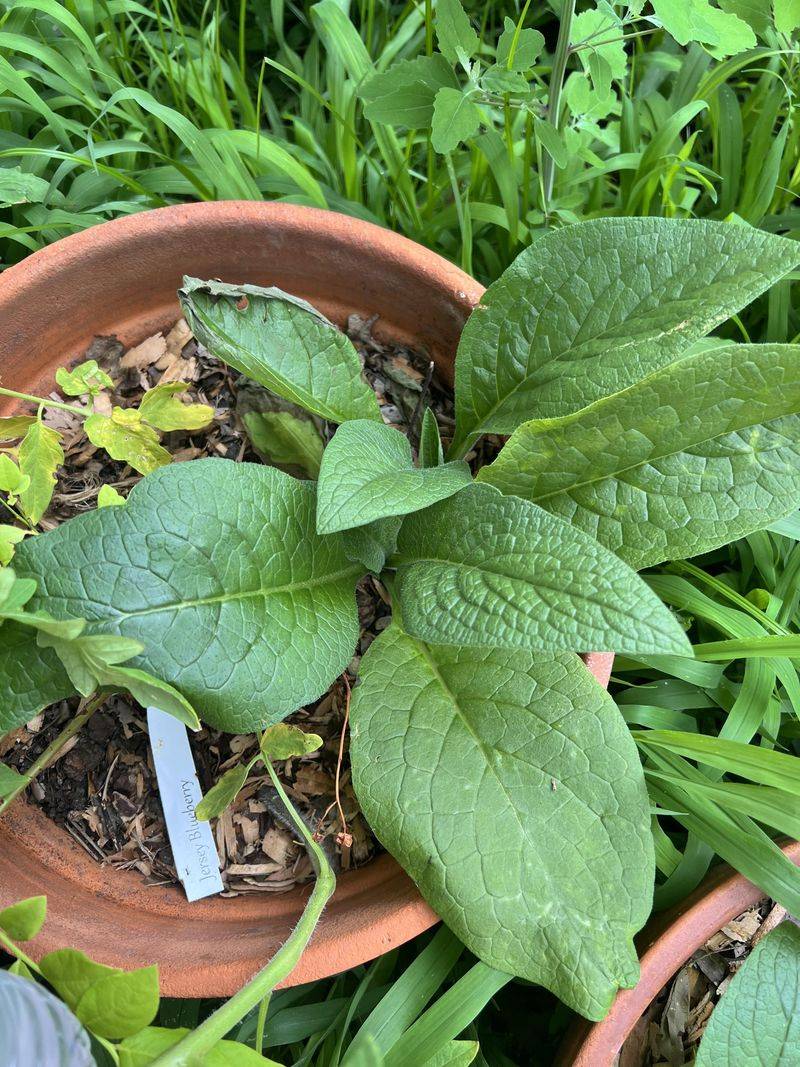Compost is garden gold, but not all weeds deserve a spot in the pile. Some can sneak their way in, sprouting where they’re not wanted and causing more trouble than they’re worth.
The last thing anyone needs is a compost heap doubling as a weed nursery! Knowing which ones to avoid makes all the difference in keeping that nutrient-rich mix working its magic.
Let’s sort through the troublemakers and keep compost clean, balanced, and ready to boost the garden!
1. Dandelions
You might think tossing dandelions into your compost is harmless, but they can cause more problems than you’d expect. Dandelions, with their deep taproots, can easily sprout back if not completely dealt with.
If the roots aren’t properly removed or destroyed, you’ll see new dandelions popping up in your garden. To keep things under control, make sure you break them down or dry them out thoroughly before adding them to your pile.
2. Thistles
Don’t let thistles fool you into thinking they’re easy to compost! Thistles can spread quickly from seeds, which can survive even the composting process.
If you don’t chop them up properly, they’ll come back to haunt you in your garden. The best way to deal with thistles is to make sure their seeds are destroyed or dry them out completely before adding them to your compost.
3. Clover
Clover may look like a harmless addition to your garden, but it can be a headache when added to the compost. Clover’s seeds are incredibly resilient and can survive composting if not broken down properly.
Without removing the roots or chopping it into small pieces, you might find clover reappearing in your garden. Be sure to fully break it down or dry it out to avoid a clover comeback!
4. Crabgrass
A sneaky garden troublemaker can do more than take over your lawn—it can sneak into your compost too! Tossing unwanted weeds into the pile might seem harmless, but without proper care, seeds can survive and make an unexpected return.
Once they sprout, they’ll spread fast, creating a headache that’s tough to manage. To avoid future battles, destroy the seeds or dry out the plants completely before composting.
5. Purslane
Purslane might seem like a small weed, but it can quickly turn into a major issue in your compost. Purslane has an ability to root from any part of the plant that touches the soil, and its seeds are tough to destroy.
If you don’t handle it properly, it’ll find its way back into your garden before you know it. To keep purslane from becoming a problem, chop it up or dry it out before composting.
6. Ragweed
Seasonal allergies aren’t the only problem this persistent weed brings—it can cause trouble in your compost too! Its hardy seeds can survive the breakdown process, lying in wait until the perfect moment to sprout.
Without proper handling, it might make an unexpected comeback right in your garden. To keep things under control, be sure to destroy the seeds or let the plant dry out completely before composting.
7. Morning Glory
A cheerful burst of color in the garden can turn into an unexpected takeover in the compost pile. These fast-spreading vines produce stubborn seeds that can survive the composting process, leading to surprise sprouts in unwanted places.
Without proper treatment, they’ll pop up again and again, creating more work down the line. Dry them out completely or destroy the seeds before composting to keep things under control.
8. Ground Elder
Ground elder might look like just another garden weed, but it’s a serious contender for the most persistent plant in your compost. Ground elder spreads rapidly through its extensive root system, which can easily regenerate if not completely handled.
If you don’t properly manage these roots, you might find yourself fighting this weed over and over. To avoid this, make sure you fully break down the roots or destroy them before they enter your compost.
9. Bindweed
What seems like a simple weed can turn into a never-ending battle if it sneaks into the compost pile. This persistent grower spreads aggressively through its roots, which can survive and take hold again if not properly handled.
Once it finds a way back into the garden, it won’t waste time taking over. To avoid the struggle, cut it down completely and remove every bit of root before composting.
10. Buttercups
Though buttercups might look harmless, they can be a real pain to compost. These plants can spread easily, and their seeds are quite tough, surviving even the composting process.
If you’re not careful, buttercup seeds can sprout up in your garden once again. Always chop them up or dry them out properly before adding them to your compost.
11. Dock
It might look like an innocent weed, but dock can turn into a real garden nightmare if it makes its way into your compost. With its deep taproot, it’s incredibly tough to get rid of—if left unchecked, it’ll regenerate and keep coming back.
Without breaking it down or removing the roots, dock will creep right back into your garden. To avoid a never-ending cycle, be sure to handle dock carefully and make
12. Yarrow
Yarrow is a sneaky weed that can easily invade your compost if not properly managed. The plant can regrow from its seeds, which are tough and resistant to composting.
If you don’t break it down or dry it out properly, yarrow could make a reappearance in your garden. Be sure to handle yarrow carefully to avoid it becoming a nuisance in the future.
13. Queen Anne’s Lace
Queen Anne’s Lace is a beautiful flower, but it’s one weed that shouldn’t be tossed into your compost pile without caution. The seeds of this plant can survive the composting process and quickly sprout again in your garden.
If you don’t deal with it properly, you could be facing a new crop of Queen Anne’s Lace popping up all over. Make sure to destroy the seeds or thoroughly dry the plant before adding it to your compost.
14. Horseweed
At first glance, horseweed might seem like a minor garden nuisance, but it can quickly turn into a big problem if not composted properly. Its tough seeds can survive the composting process and sprout back into your garden when you least expect it.
To prevent this, break the plant into smaller pieces or dry it out completely before adding it to your compost. This extra step will save you from dealing with more unwanted horseweed down the road!
15. Sheep Sorrel
Sheep sorrel can be a real pain in the compost pile, as its seeds are extremely tough and can survive the composting process. If you toss it in without dealing with the seeds properly, they’ll find their way into your garden and start sprouting.
This weed loves to spread, and once it gets a foothold, it’s hard to get rid of. Make sure you chop it up or dry it out thoroughly before adding it to the compost!
16. Wild Violet
Wild violet may add a splash of color to your garden, but when it comes to composting, it’s another story. Its hardy seeds can survive the composting process and sprout in places you’d rather they didn’t.
Without breaking the plant down or drying it out thoroughly, you could find yourself battling wild violets sprouting up everywhere. Make sure to destroy the seeds or dry the plant completely before adding it to your compost for a cleaner, easier gardening experience.
17. Common Mallow
Common mallow can quickly overrun your compost pile if not managed carefully. Its seeds can survive even the composting process, meaning you could end up with more common mallow in your garden.
If you don’t chop it up or dry it out properly, this weed will be back in no time. Always treat common mallow with care to avoid a recurring problem in your garden.
18. Lamb’s Quarters
Lamb’s quarters might not seem like a big deal, but it’s one weed you don’t want to compost carelessly. The plant produces tough seeds that can survive in your compost and start sprouting in your garden.
If you want to avoid this problem, make sure to break down the plant completely or dry it out before adding it to your compost. Otherwise, you’ll face another round of lamb’s quarters before long.
19. Black Nightshade
It might seem like just another garden nuisance, but this one’s a little tougher than it looks. Its seeds are resilient enough to survive the composting process, making it a challenge to get rid of. If you don’t break down the plant properly or dry it out thoroughly, you’ll find yourself facing regrowth before long.
Make sure to chop it up or dry it out completely before composting to prevent any unwanted surprises in your garden.
20. Common Chickweed
A sneaky little weed, common chickweed can easily make a comeback if not handled with care in the compost pile. Its tough seeds can survive the composting process, leading to a new wave of chickweed sprouting in your garden.
To keep this problem at bay, make sure to chop it up into smaller pieces or dry it out completely before composting. Otherwise, you’ll find yourself battling this persistent weed once again before long.
21. Wild Mustard
Wild mustard might look like a harmless plant, but its seeds can be tough to handle in compost. These seeds can survive and sprout back into your garden if not properly dealt with.
If you simply toss them in without breaking them down, you’ll likely face wild mustard again. Be sure to destroy the seeds or let the plant dry out completely before composting.
22. Garlic Mustard
That strong scent of garlic mustard might fill the air, but it can cause some serious problems in your compost pile. Its hardy seeds are tough enough to survive the composting process, and before you know it, new plants will be sprouting up in your garden.
Without breaking it down carefully, you’ll be facing garlic mustard all over again. Make sure to thoroughly dry or chop it before adding it to your compost to avoid this persistent weed’s return.
23. Pokeweed
Pokeweed can be a real problem in the garden, and its seeds can survive the composting process if not treated properly. Pokeweed produces berries that contain tough seeds, which can sprout back up if not completely destroyed.
If you want to prevent pokeweed from returning to your garden, make sure to handle it carefully, either drying it out or chopping it up before composting.
24. White Clover
White clover is a persistent weed that can spread rapidly, especially through its resilient seeds. If you toss it into your compost without breaking it down properly, you’ll end up with more clover in your garden.
The seeds can survive the composting process, leading to a new crop. Make sure to handle white clover by chopping it up or drying it out to avoid it taking over your garden.
25. Fennel
While fennel is a great addition to any dish, it can turn into a real problem in your compost pile. Its seeds are tough and can survive the composting process, leading to fennel plants sprouting up where you least expect it.
If not properly broken down, you could end up with fennel popping up year after year. Make sure to chop it up or dry it out thoroughly before composting to avoid an ongoing fennel invasion in your garden.
26. Horsetail
This weed might seem harmless, but it’s one of the hardest to get rid of if you don’t take the right steps. Horsetail’s spores are tough enough to survive in the compost, and they’ll find their way back into your garden if you’re not careful.
Without properly breaking it down or drying it out, you’ll find yourself in a never-ending battle with horsetail. Make sure to handle it carefully to keep this persistent weed from making a return!
27. Sorrel
Sorrel might look like a mild weed, but it can spread rapidly if not handled correctly. Its seeds can survive the composting process, causing new sorrel plants to pop up in your garden.
If you don’t destroy the seeds or thoroughly dry the plant, it could reappear next season. Be sure to manage sorrel properly to avoid a persistent problem.
28. Comfrey
It might seem like a helpful addition to the garden, but it can quickly become a nuisance if not handled properly. The roots have a knack for regenerating, and before you know it, you’ll have it sprouting up again in your garden.
If you don’t take the time to chop it up or dry it out completely, you’ll find yourself facing a battle with it once more. Make sure to treat it carefully to keep it from coming back to haunt you!

